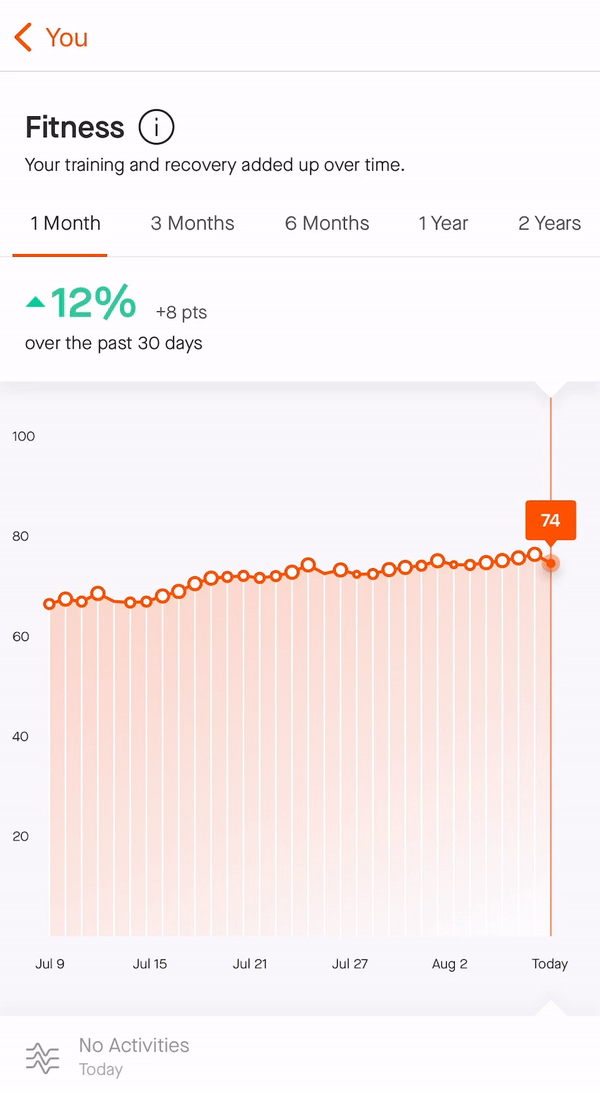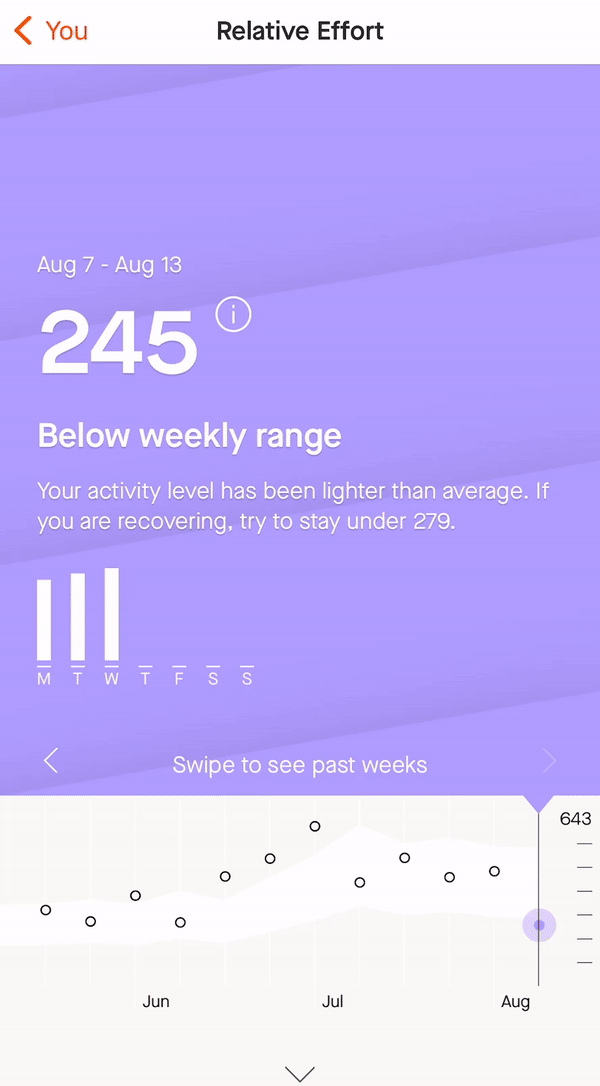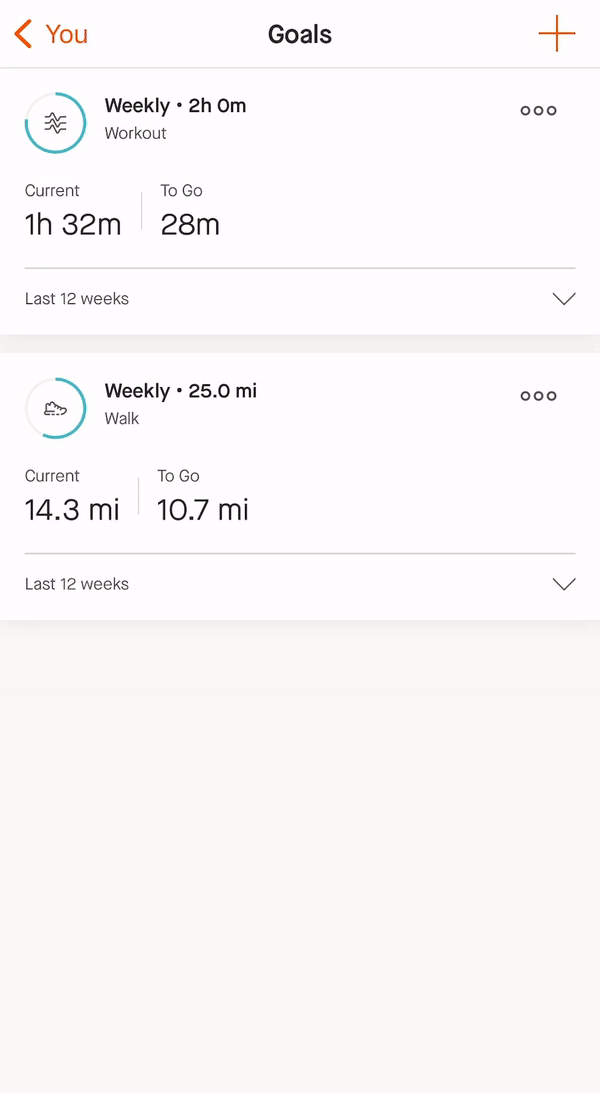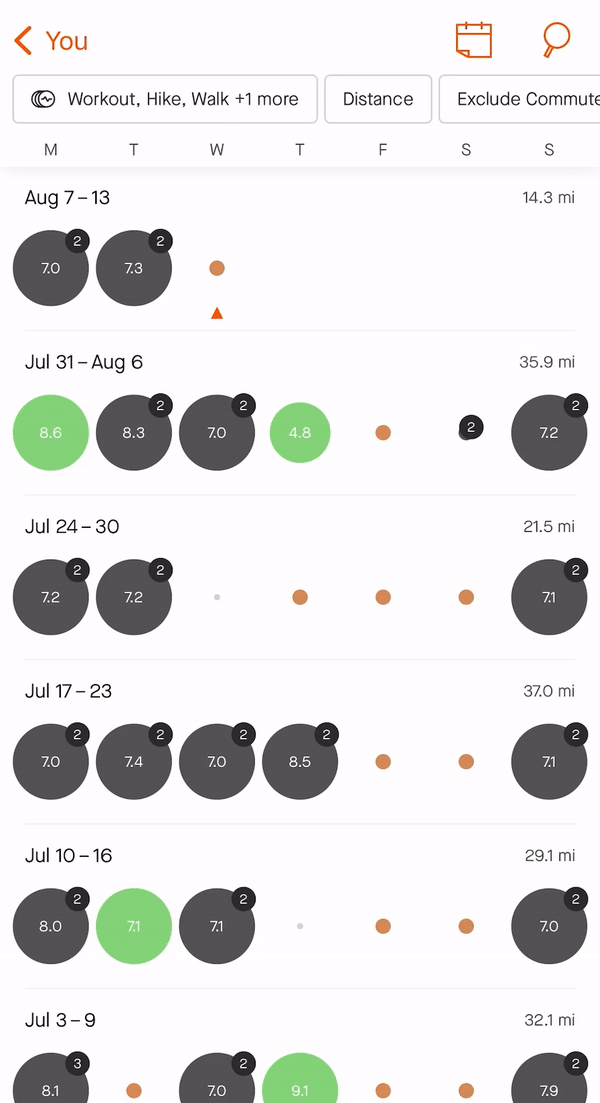 Weightlifting +
Weightlifting +  HIIT +
HIIT +  Strength Training +
Strength Training +  Stationary Bike +
Stationary Bike +  Pilates +
Pilates +  Yoga +
Yoga +  Rebound +
Rebound +  Rowing +
Rowing +  VR Fitness +
VR Fitness +  CrossFit +
CrossFit +  Circuit Training +
Circuit Training +  Rock Climbing +
Rock Climbing +  Stair Climber +
Stair Climber +  Jump Rope +
Jump Rope +  Kickboxing +
Kickboxing +  Online Programs +
Online Programs +  Obstacle Fitness +
Obstacle Fitness +  Zumba +
Zumba + Treadmill
Treadmill
As you can see from the list above, there’s a wide variety of ways to get active indoors. Chances are you’ve tried one of these out, but did you record it? If not, why?
In this blog, we'll teach you how to use devices you likely already own (your smartwatch or mobile phone) to record indoor workouts. We'll walk you through how to upload these activities to Strava so that you can benefit from tracking trends and progress over time.
I don’t have a fancy device to record indoor workouts
You don’t need an expensive fitness device to record your indoor workouts, in fact you probably already have the tools you need. If you don’t know where to start, don’t worry, we're about to walk you through how to use what’s readily available to you to record and track your activities on Strava.
I don’t think my indoor workouts are worth tracking on Strava
There are plenty of reasons (besides  's) you should track your indoor workouts on Strava. The primary reason is that these activities contribute to the big picture of your fitness journey and by excluding them you’re missing out on tracking progress towards your personal goals as well as valuable insights into your training. There are also a bunch of features that you’ll benefit from:
's) you should track your indoor workouts on Strava. The primary reason is that these activities contribute to the big picture of your fitness journey and by excluding them you’re missing out on tracking progress towards your personal goals as well as valuable insights into your training. There are also a bunch of features that you’ll benefit from:
- Fitness: Identify patterns in your training and see the big picture of how all your workouts add up over time. Your score is entirely relative to you and serves as a benchmark, to show how many points you currently have compared to any date in the past two years.
- Relative Effort: Measures how much cardiovascular work went into any activity that has heart rate data or Perceived Exertion. Chart these values over time to easily spot trends. See how Jane uses it to make sure she's not over or under training.
- Fitness and Freshness: Helps track your levels of Fitness, Fatigue, and Form over time. Fitness = Accumulation of training. Fatigue = That tired feeling that limits your performance. Form = When one is very fit but not fatigued.
- Goals: Set a distance, time, or elevation goal and the timeframe in which you'd like to achieve the goal (weekly, monthly, or annually). Power and segment goals can also be set from the Strava website. See how caling uses goals to stay motivated and maintain both a healthy body and mind.
- Training Log: View all of your training in one place. Filter by activity, distance, time, relative effort, and month. See how Granola uses it to track training after an injury.
- Clubs: Participate in clubs, and if you’re doing an indoor workout that records distance you can also compete in the leaderboards.
- Group Challenges: Group Challenges allow you to set a goal and a timeframe to see who can reach the challenge goal and beyond. See how Lindsay uses it to hype her friend group and chase that top spot.
If you need some extra inspiration to record when you’re active, check out our blog on Recording All The Things!
Demos of those features in use
|
Fitness
|
Relative Effort
|
|
Goals
|
Training Log
|
01 Fitness apps for mobile devices 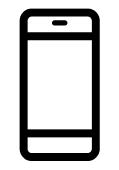
Most of us have a smartphone, and most smart phones can support fitness apps. Mobile apps allow you to easily record the elapsed time of an indoor workout. However, if you’re looking to record additional data like heart rate, cadence, distance, etc, you will likely need to pair the corresponding sensors. If this interests you, make sure to read part 04 of this blog!
Strava for iOS or Android
The Strava mobile app can record a wide variety of activities—including indoor workouts. You can check out a full list here. If you don’t see your activity listed, don’t worry because you can always use the inclusive “Workout” category.
Helpful articles:
 And if you don’t have a heart rate monitor to help measure how hard you worked, you can always use Perceived Exertion. This feature lets you manually record how intense your efforts feel on a 1-10 scale ranging from “Easy” to “Max Effort.” What’s great about tracking this type of data is that it can supplement or stand in for your heart rate data and that means you can still use features like Relative Effort, Fitness & Freshness, and Fitness.
And if you don’t have a heart rate monitor to help measure how hard you worked, you can always use Perceived Exertion. This feature lets you manually record how intense your efforts feel on a 1-10 scale ranging from “Easy” to “Max Effort.” What’s great about tracking this type of data is that it can supplement or stand in for your heart rate data and that means you can still use features like Relative Effort, Fitness & Freshness, and Fitness.
Other options
Even if you prefer to use other fitness apps to record your activity, there is usually an easy way to get them to Strava. Most popular fitness apps offer a direct syncing integration by connecting your accounts. Below is a list of popular fitness apps that let you record indoor activities and sync directly to Strava:
- Weight lifting and bodyweight workouts: Fitbod, Aaptiv, Sworkit, Barre3
- Indoor cycling: Zwift, Peloton, Rouvy, Wahoo RGT, Wahoo SYSTM, TrainerRoad
- Yoga: Glo, Sworkit, Peloton, Mindbody
- General Indoor workouts: Wahoo Fitness
Hot Tip: HealthFit is an integration that can sync any activity from Apple Health to Strava. So if you can get the workout into Apple Health, you can get it to Strava!
02 Smart Watches 
If you have a smartwatch, you can likely use it to record indoor workouts. Below we cover a few of the most simple/straightforward options, but it's important to note there are a variety of watches, apps, and syncing services that can be used to accomplish recording/syncing to Strava.
Apple Watch
The Apple Watch comes with a native workout app, which is very simple to use. It has a ton of sport types, records heart rate, and calculates estimated calories burned. It even reminds you to record an activity if it senses you’re working out. If you’re unfamiliar with the app, take a look through Apple’s article on using the Workout app.
To get those activities to Strava, all you have to do is connect your Strava and Apple Health accounts and future activities will be synced automatically. You can find instructions on how to do so here.
Note: There are a variety of other fitness apps you can use to record workouts on your Apple Watch, including the Strava app. If you prefer to use a different app, check our Help Center and Community Hub to see whether automatic syncing to Strava is supported.
WearOS Watches
The Strava app can be downloaded to your WearOS watch in order to record activities. The app can track elapsed time, and if the watch has a built in sensor, you can also track heart rate data. If you want to learn more about how to use the app, check out our help center article: Wear OS and Strava
When you record with Strava for WearOS, your activities will sync automatically to your Strava account shortly after you save them.
Note: There are a variety of other fitness apps you can use to record workouts on your WearOS watch, including Google Fit, the watch’s native workout app. Google Fit does not automatically sync to Strava so if you prefer to use a different app, check our Help Center and Community Hub to see whether automatic syncing to Strava is supported.
Prefer a different watch app?
No problem, there are plenty of apps that can record indoor activities and many of these offer ways to directly sync to Strava. Search our Help Center to see if your app/fitness platform is listed. If not, ask the Strava Community Hub for advice on how to sync data from your preferred app to Strava. If all else fails, we’re always happy to help if you reach out to our support team.
03 Manual Activities 
If you don’t have the equipment above, forgot to record, or for whatever reason weren’t able to record your workout, you can always create a manual activity after the fact. Manual activities are also eligible for Perceived Exertion, which we explained the benefits of above!
Manual activities allow you to record core details like: date & time, sport type, gear, distance, duration, elevation, perceived exertion, and public or private notes.
Learn more about creating manual activities: Uploading Manual Activities
04 Bonus data 
If you’re looking to get more insights from your recordings, consider investing in biometric sensors. There are plenty to choose from ranging in price and functionality and they’ll help contribute data that can tell a more complete story of your effort.
If you can only pick one sensor, we absolutely recommend a heart rate monitor! Heart rate is core to so much of what powers analytic features and is a great way to get to know your body. We’ve even heard stories where heart rate data was used by our members’ doctors to discover important and sometimes life-changing information about their cardiovascular health. The Strava Mobile Apps for iOS and Android can both pair to compatible Bluetooth heart rate sensors.
Heart rate monitors, like most devices, range in accuracy. Optical monitors built into smartwatches have a reputation for being less precise than a chest strap. However, I personally find chest straps incredibly uncomfortable and have found a nice compromise using an arm-band monitor. Scosche’s monitors are reported to be as accurate as a chest strap, and as I mentioned, might be more comfortable for you!
Learn more about pairing sensors to Strava: Pairing Sensors with the Strava app
 Other biometric Sensors
Other biometric Sensors
If you’re curious about what additional data you can get while you’re recording, there are other options like power meters and cadence sensors. Keep in mind that the Strava app can only connect to Heart Rate monitors at this time. If you want to use other sensors, make sure your preferred app supports it.




